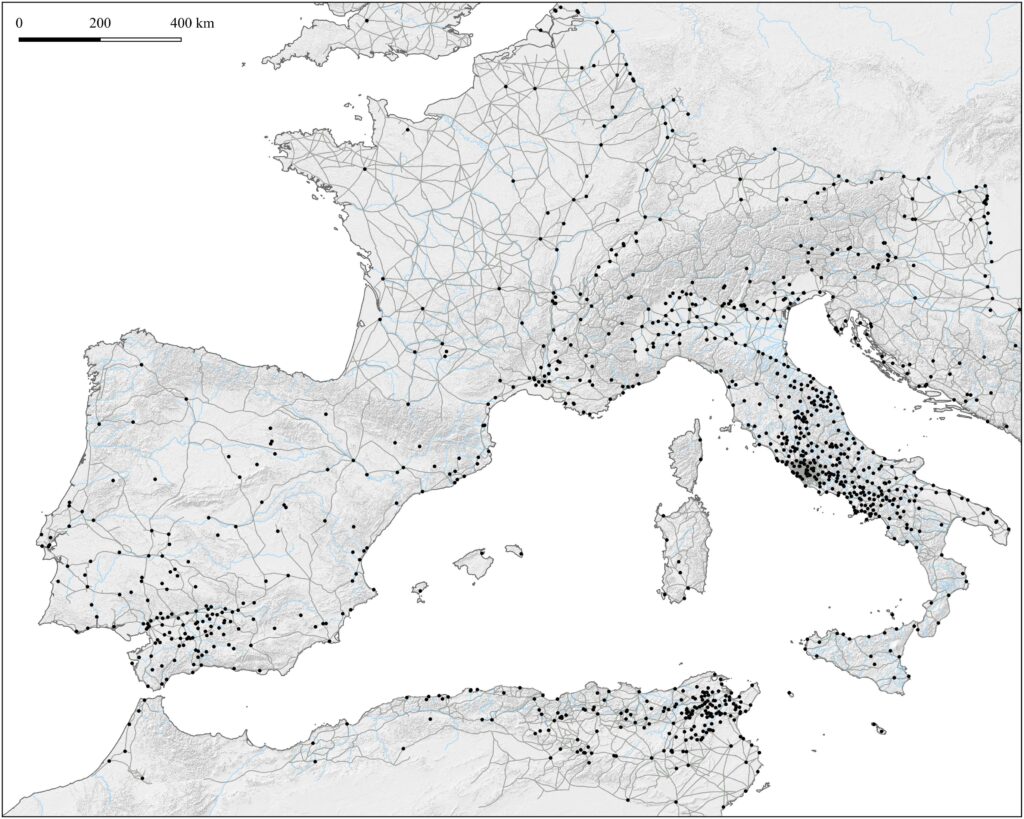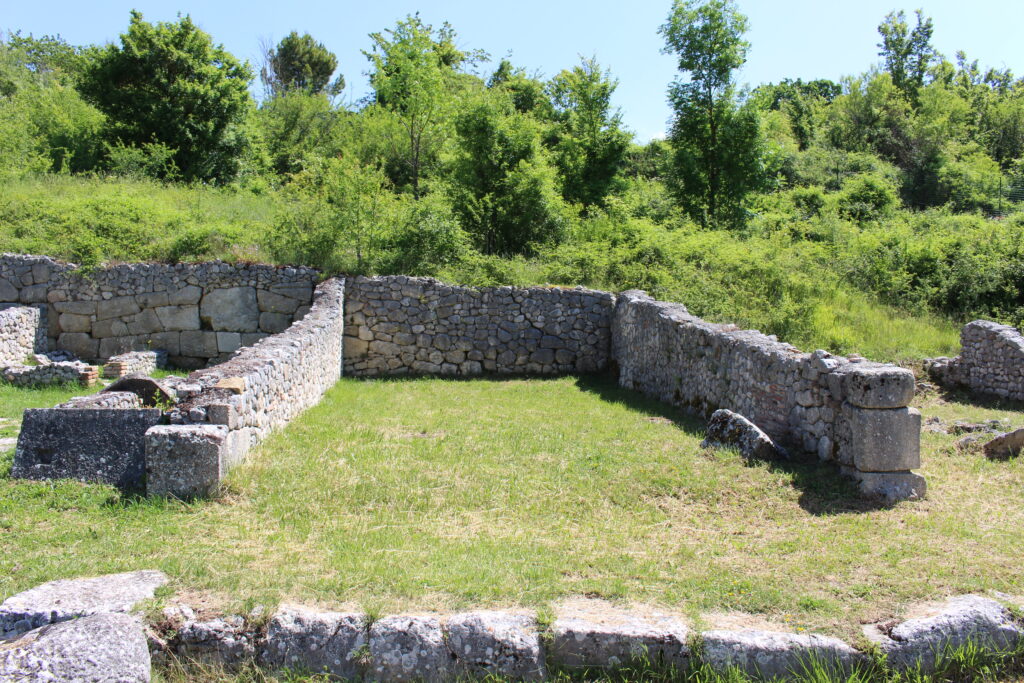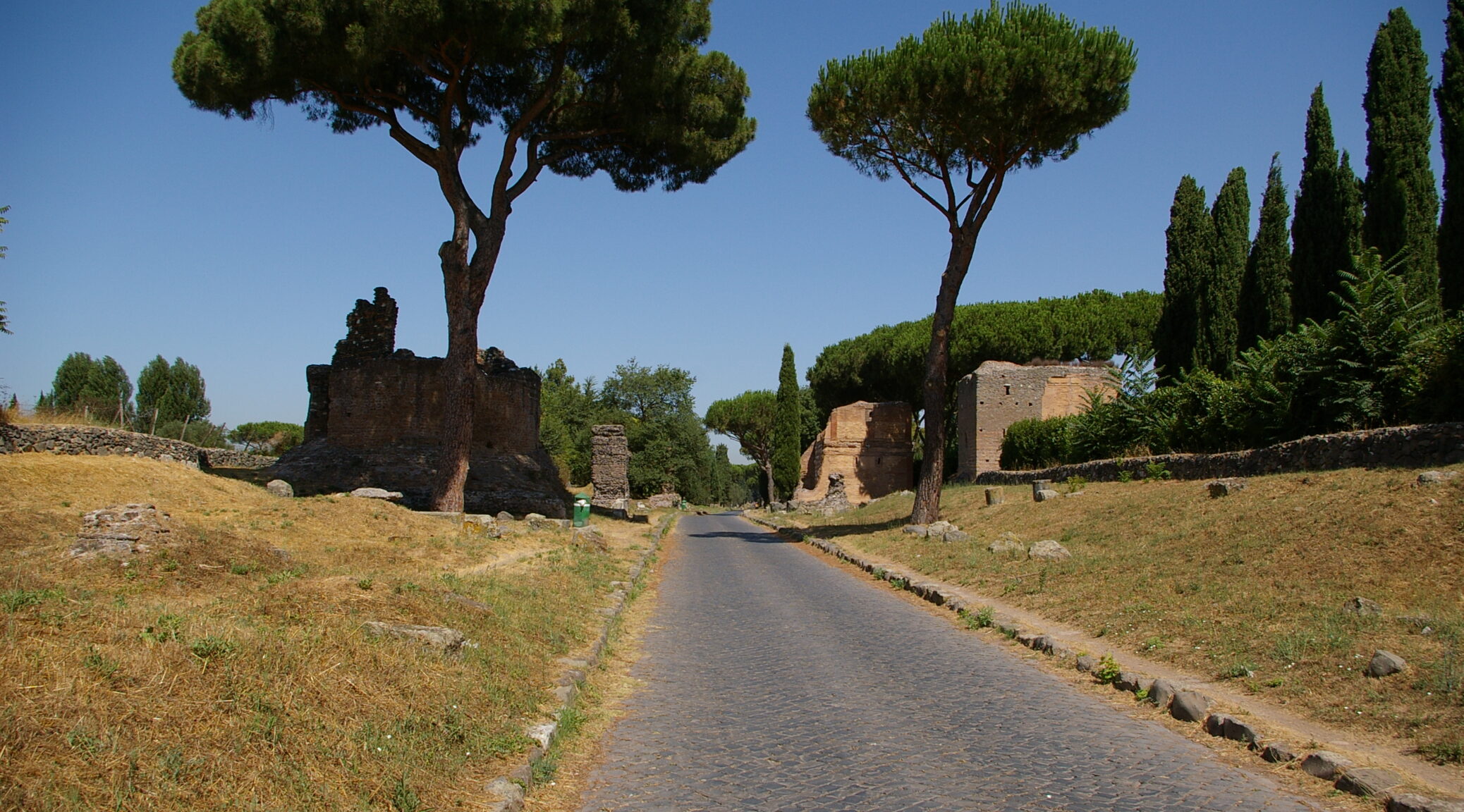
How are we to understand technological innovation in the Roman Empire? In which way did the Roman Empire transform or even enhance (ongoing) processes of technological innovation in the ancient Mediterranean? This article explores the relation between imperial hegemony, social heterogeneity, and technological change. The abundance of archaeological and epigraphic evidence makes it possible to both reconstruct a historical geography of urban heterogeneity on the global scale, and to explore its impact at the level of individual regions and cities. This article argues that urban heterogeneity became unequally distributed over the Roman Empire, peaking in the core of the empire in central Italy. Emerging heterogeneity created ideal circumstances for technological innovation, and several key innovations from the Roman period can not only be associated with these extremely heterogeneous micro-regions, but also seem to be facilitated by their very heterogeneity. This perspective adds a new dimension to debates about technological innovation in the Roman Empire that moves beyond the opposition between optimists and pessimists that has long dominated scholarship.
Bibliographical details
Type
Article in peer-reviewed journal, 2023. Publication of a June 2022 conference on Urban Heterogeneity in Copenhagen, where I gave an invited talk.
Reference
Flohr, M. (2023). ‘Urban Heterogeneity and Technological Innovation in the Roman Empire’. Journal of Urban Archaeology 8: 127–145.
Open Access
The chapter was published in open access (doi: http://dx.doi.org/10.1484/J.JUA.5.135662).
Miko Flohr, 22/12/2023


